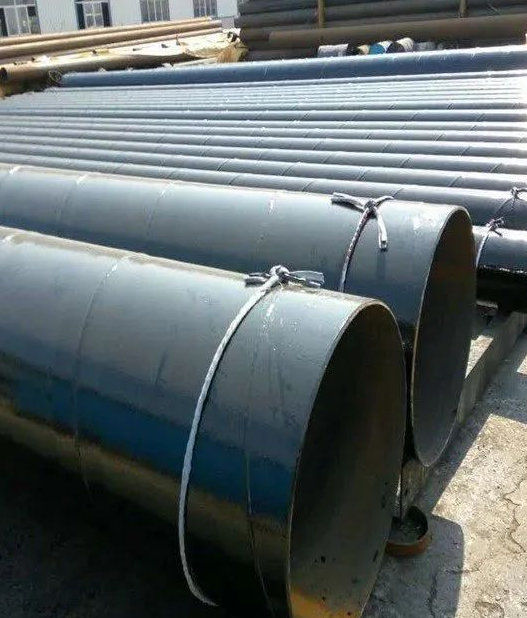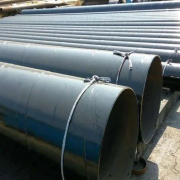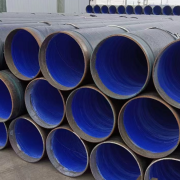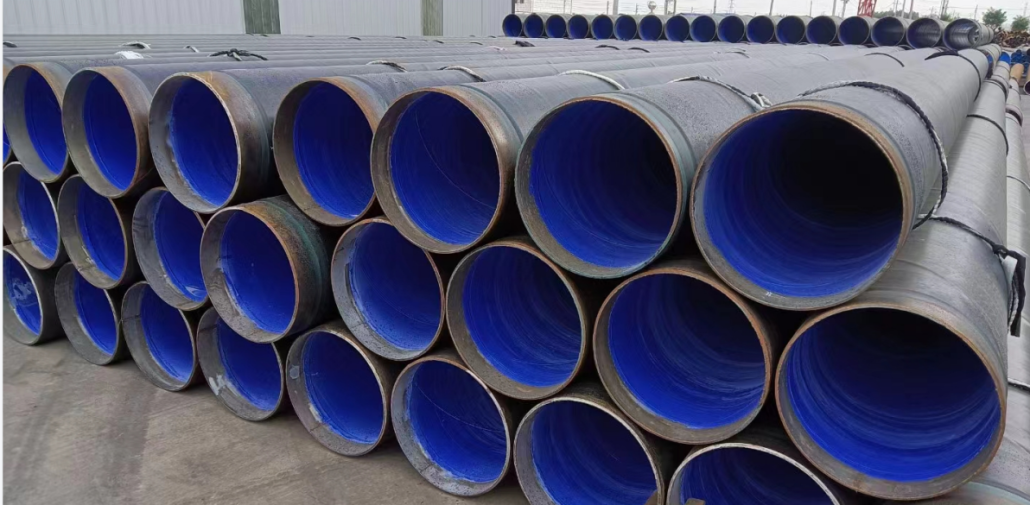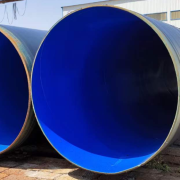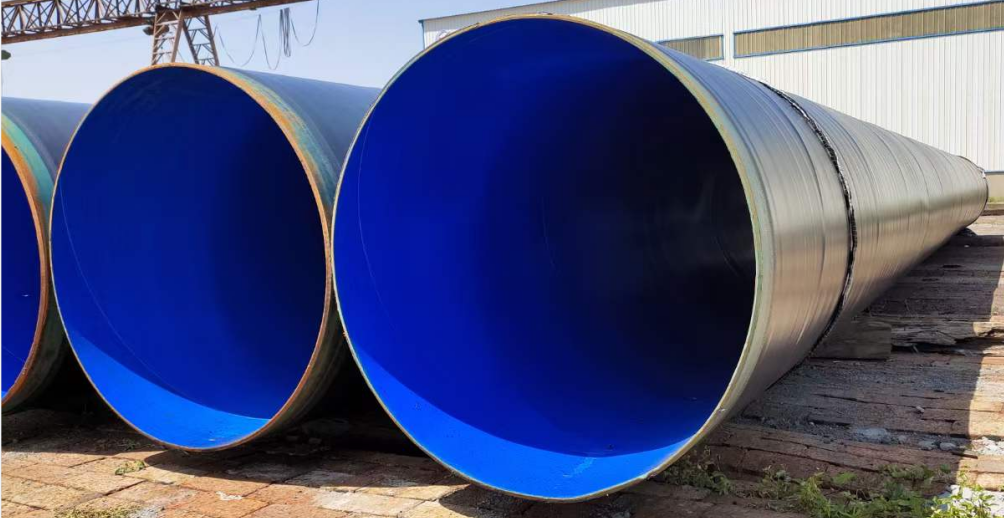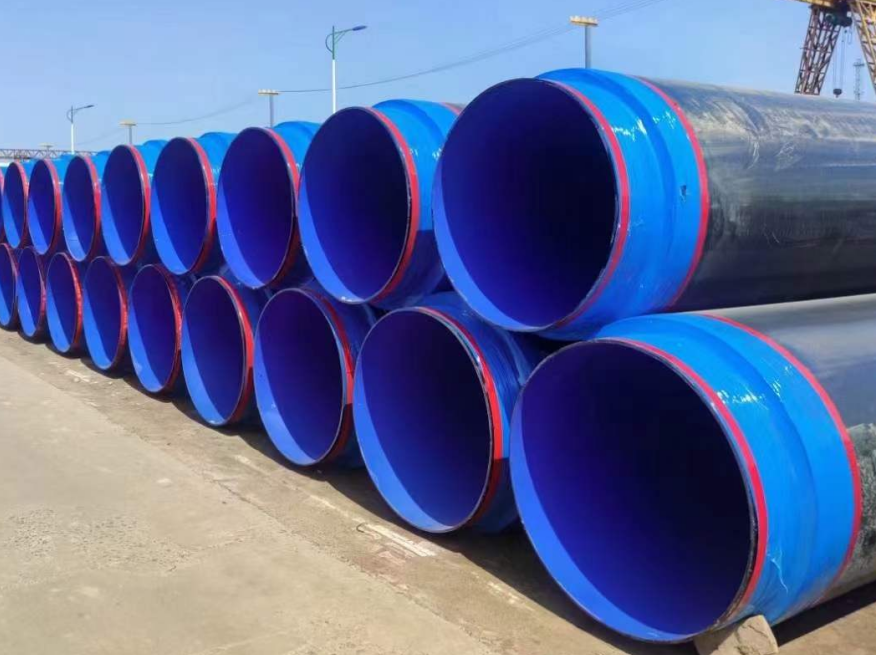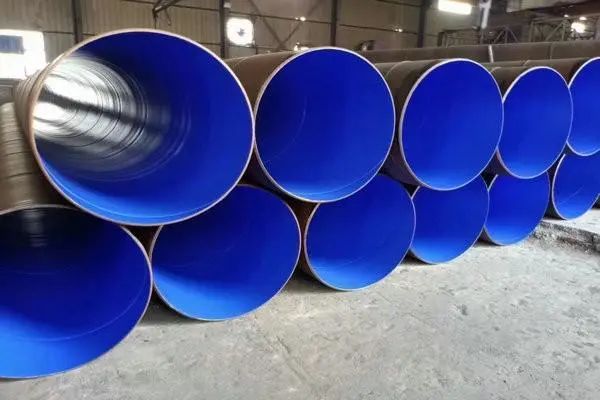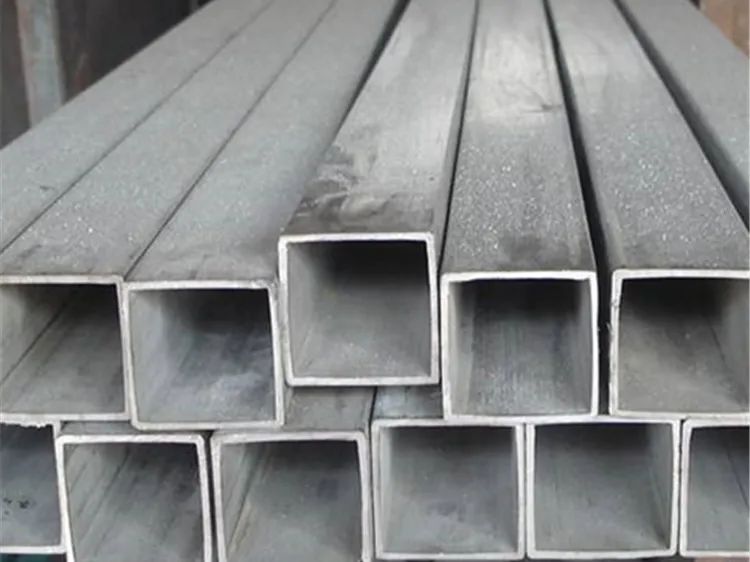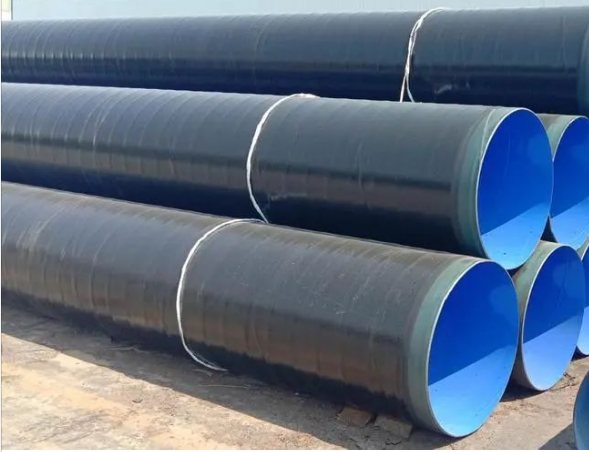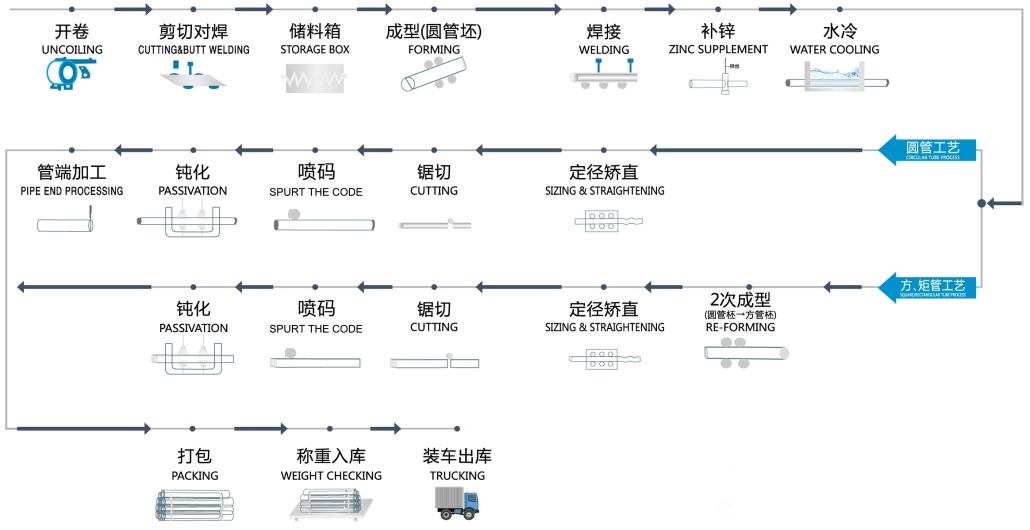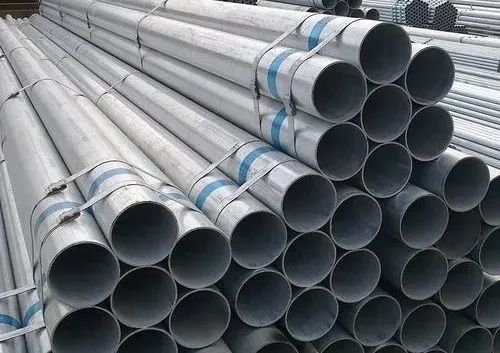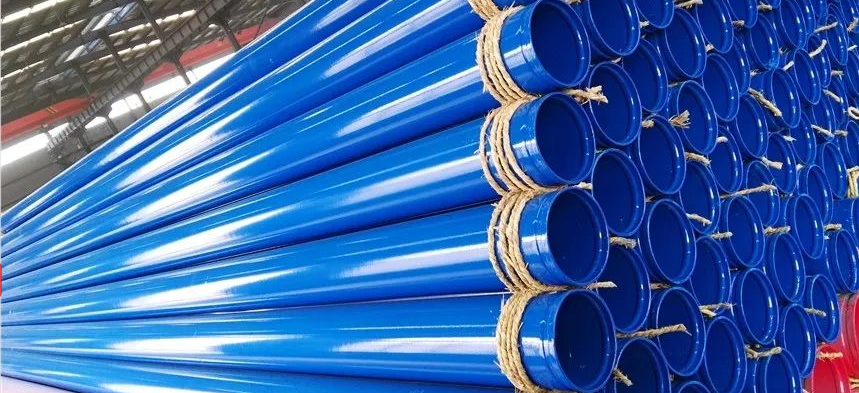Application Of TPEP Anti-corrosion Steel Pipe
TPEP anti-corrosion steel pipe (T, the initial letter of three-layer English Three, PE refers to polyethylene, EP refers to epoxy resin) is based on the outer 3PE inner fusion-bonded epoxy anti-corrosion steel pipe and the outer single-layer polyethylene inner epoxy composite steel pipe. The upgraded product is the steel pipe anti-corrosion form commonly used in buried long-distance pipelines. The outer wall of the TPEP anti-corrosion steel pipe adopts thermal fusion winding process to form a three-layer structure of anti-corrosion layer, epoxy powder in the middle layer, adhesive in the middle layer, and polyethylene in the outer layer. The inner wall adopts thermal spraying epoxy powder anti-corrosion method. Apply evenly on the surface of the tube body. This gives the coating the advantages of a Fusion Bonded Epoxy (FBE) coating and a Polyethylene coating.
1. Circulating water system
The anti-corrosion life of TPEP anti-corrosion steel pipe can reach more than 50 years. Buried heating network water supply system, hot and cold circulating water system.
The central air-conditioning water circulation system adopts special anti-corrosion pipes, which can extend the length of the pipes, increase the service life of the equipment, and save energy and protect the environment. The long-term stable operation of the central air-conditioning water system is guaranteed, and the maintenance cost of the central air-conditioning system is greatly reduced.
2. Fire water supply system.
Fire and sprinkler system water is characterized by long-term static use and sudden emergency use. In emergency use, the inner diameter of the pipeline will be reduced or blocked, delaying disaster rescue, and the consequences are unimaginable.
Fire-fighting special TPEP anti-corrosion steel pipe adopts flame-retardant epoxy resin, which has good high temperature resistance to solve the corrosion problem of fire extinguishing agent, as well as corrosion and flame resistance under water and anhydrous conditions, which greatly improves fire water supply and automatic spraying. The service life of the shower pipe system. Increases the value of the system and reduces the overall cost of pipeline maintenance.
3. Water supply and drainage transportation of various buildings
(Especially suitable for hot and cold water systems in hotels, hotels, and high-end residential areas).
Large-diameter TPEP anti-corrosion steel pipes are based on steel pipes. Its excellent cost performance is more common in the field of large-diameter water supply and drainage.
4. Petrochemical, non-ferrous metal smelting, coking, light industry and other industries
Transportation of various chemical fluids (acid, alkali, salt corrosion); industrial chemical industry corrosive media.
5. Underground pipes and cross pipes for wires and cables.
6. Mine ventilation pipes, water supply and drainage pipes, underground water supply and drainage in coal mine systems; fire sprinklers, underground sprinklers, positive and negative pressure ventilation and gas discharge pipe networks.
7. The municipal system needs TPEP anti-corrosion steel pipes for water supply, natural gas, seawater transportation, sewage discharge and other anti-corrosion pipelines.
